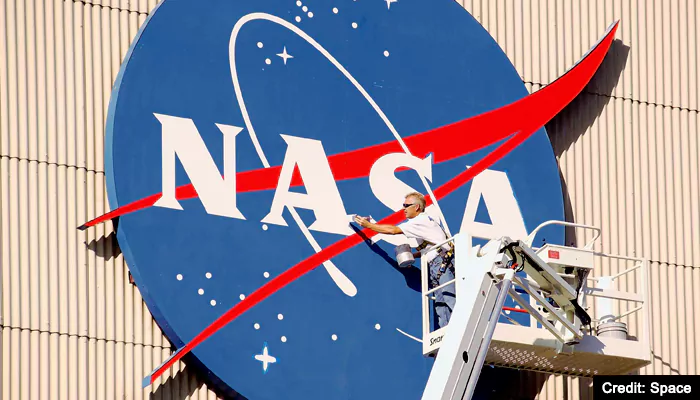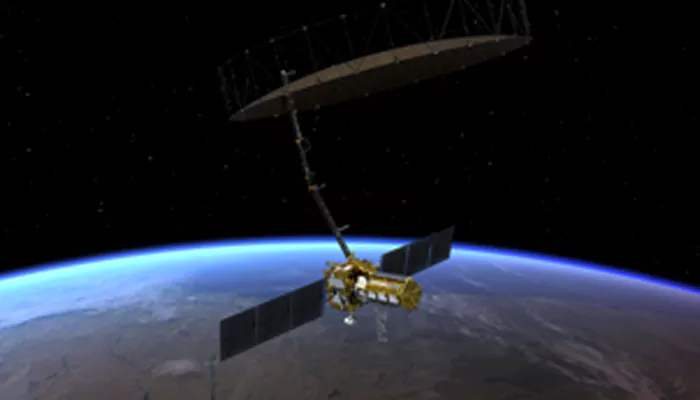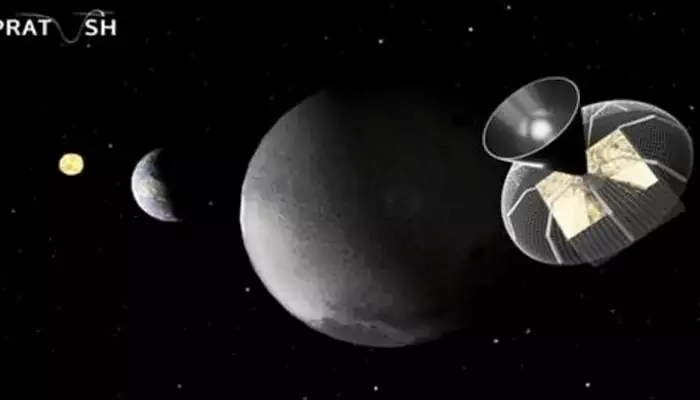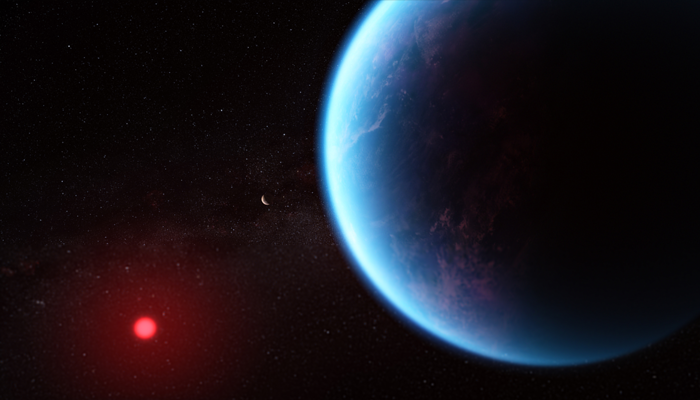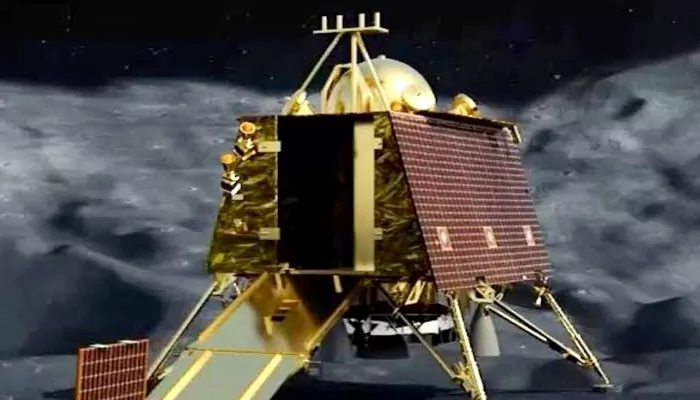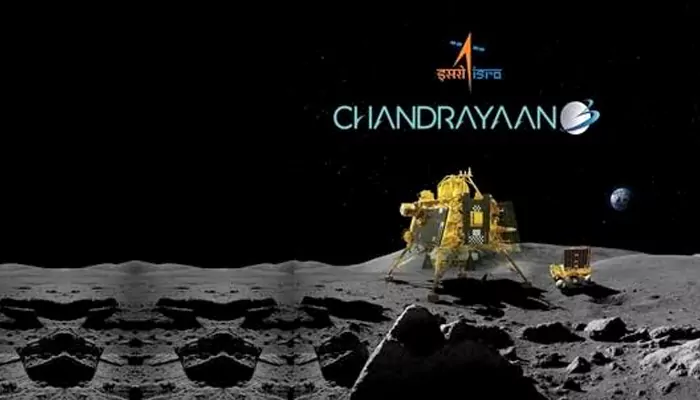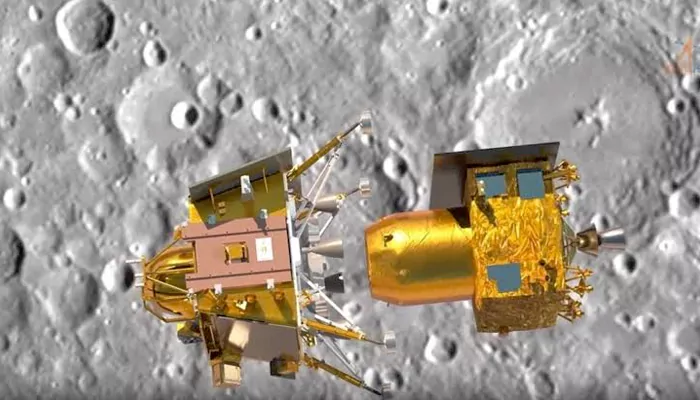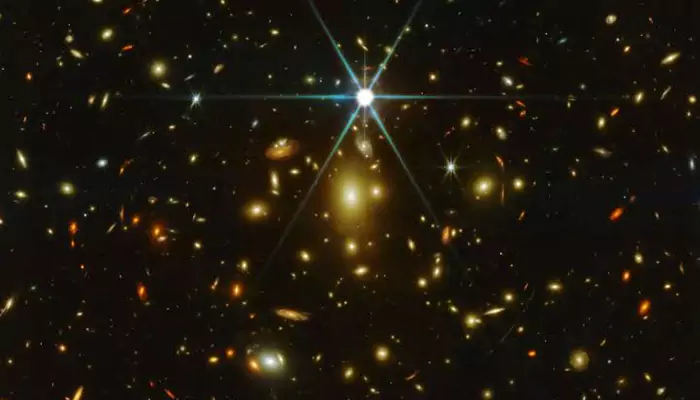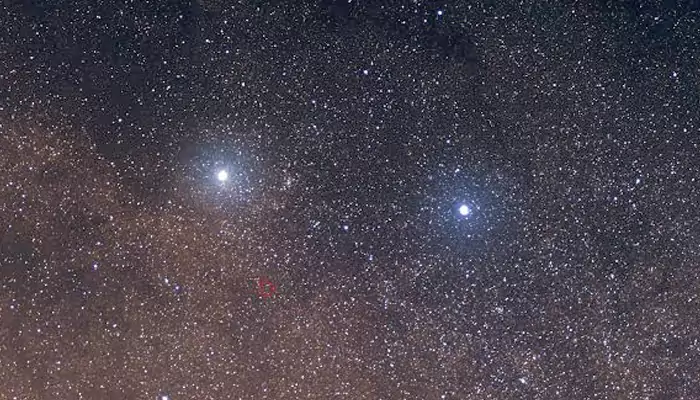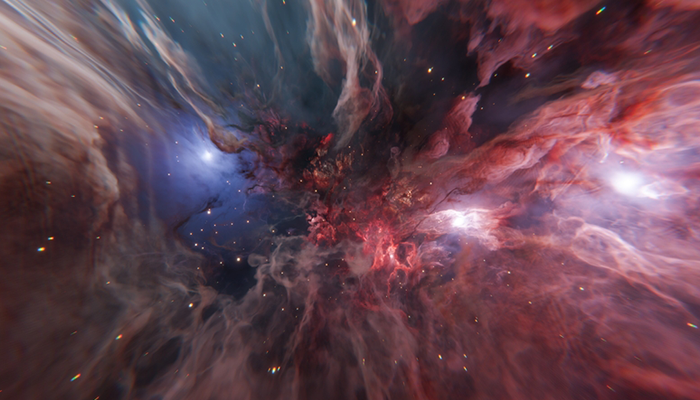
Here are today’s most important updates from the realm of Science and Space.
Mission Mausam: India’s Path to Advanced Weather Forecasting by 2026
The Union cabinet has approved Mission Mausam to transform India into a "Weather Ready" and "Climate Smart" nation by 2026 with 2000 Cr budget. The primary goal of this initiative is to enhance nation's ability to predict and respond to extreme climatic events and associated challenges. The government will build advanced weather surveillance, cutting-edge forecasting technologies through next-generation radars. The infrastructures include installation of 50 Doppler Weather Radars, 60 Radio Sonde/Radio Wind stations, 100 disdrometers, and 10 marine automatic weather stations.
The mission will also emphasize on capacity of buildings to ensure communities are better prepared to face climate challenges.
Pune Through a Thermal Lens: ISRO's EOS-08 Offers a New Perspective

The latest Earth Observation Satellite, EOS-08 of ISRO has made a significant advancement in thermal imaging technology. Launched on August 16, 2024, via ISRO's Small Satellite Launch Vehicle (SSLV), the EOS-08 has captured its first image over Pune city through Electro Optical-Infrared (EOIR) payload. The cutting-edge mid-wave infrared (MIR) and long-wave infrared (LWIR) channels are believed to provide an exceptional contribution in the field of agriculture.
The detailed data on soil moisture and vegetation health will enable optimized water use and enhanced crop yields. Even, this satellite will be useful in monitoring wildfire as well as estimating Urban Heat Islands (UHI) with high precision to mitigate heat-related challenges.
Van Gogh’s Cosmic Vision: 'The Starry Night' Reveals Hidden Physics

Vincent van Gogh’s remarkable work ‘The Starry Night’ is famous for its swirling blue skies along with luminous yellow stars. The artist portrayed an enchanting and immersive night sky. Recently, a group of marine sciences and fluid dynamics researchers analyzed van Gogh’s painting to reveal hidden astrophysics in it.
The scientists concluded that the painting follows Kolmogorov’s law, which predicts “atmospheric movement and scale according to measured inertial energy”. The artwork is also aligned with Batchelor's scaling, which describes the smallest fluctuations in turbulence before it dissipates.
“Van Gogh’s precise representation of turbulence might be from studying the movement of clouds and the atmosphere, or it could reflect an innate sense of how to capture the dynamism of the sky,” the study mentioned.
The Dying Amazon: Can We Save Earth's Green Lungs?
The worst drought on record has lowered the water level of the rivers in the Amazon basin to historic lows, in some cases drying up riverbeds that were previously navigable waterways https://t.co/xmQGkaKypX pic.twitter.com/iXAA6xS6t1
— Reuters (@Reuters) September 18, 2024
Credit - X/@Reuters
The Amazon River basin is witnessing an unprecedented drought, as the water levels reached historic lows across multiple regions. At least one-sixth of the global freshwater reaching the oceans goes through the Amazon's 320-km-wide delta before being emptied into the Atlantic. The impact of drought extends beyond the rivers, fueling wildfires. It is also evident in Manaus, the Amazon's largest city. It's the second consecutive year Amazon is facing such drought.
Greenpeace spokesperson Romulo Batista pointed out, "Climate change is no longer something to worry about in the future... It's here and it's here with much more force than we expected".

